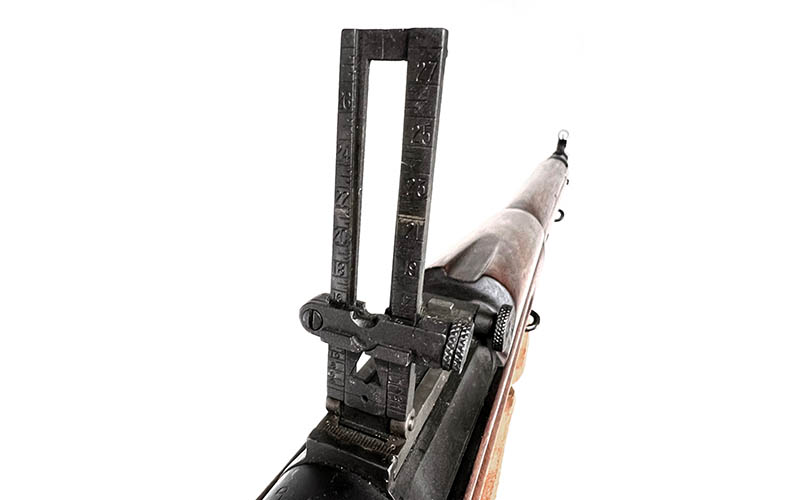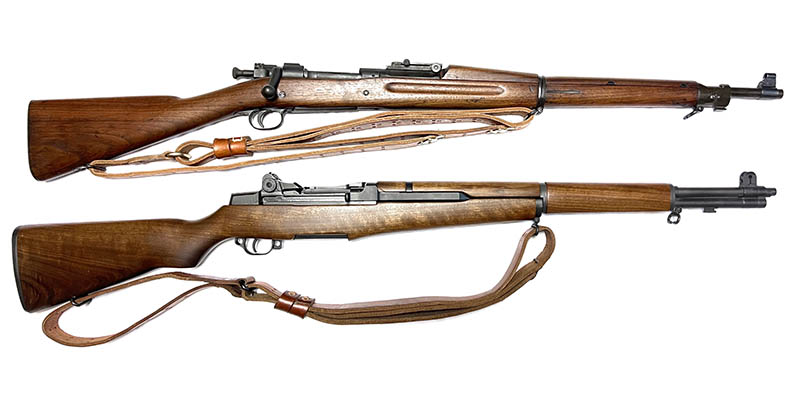
A Detailed Look at the Timeless Springfield M1903 Mark 1 Rifle by the Author
The M1903 Springfield is a well-known firearm among shooting enthusiasts. To truly appreciate it, one must understand its revolutionary design and features for the time it was introduced.
This article delves into the history and significance of the M1903, shedding light on the unique features that were advanced for its era, including its transformation into a semi-automatic, pistol-caliber rifle.
The Breakthrough in a Turbulent Era
During the late Industrial Revolution, major world powers faced various threats during colonial expansion, from hostile natives to adversaries with advanced technology. The military landscape was far from modern, with horseback and sabers still being used alongside machine guns in some areas.
When compared to other global powers, the American military’s weaponry was lacking, as evidenced by the inferior Krag rifle used in combat against the Spanish in Cuba. This highlighted the urgent need for technical advancement in firearms and ammunition in the American military.

The American government responded to this by adopting the Mauser design with minimal modifications, leading to an international lawsuit and the subsequent adoption of a more powerful .30-06 cartridge. Despite initial setbacks, the M1903 proved to be a reliable and accurate rifle during various military actions.
An Era of Experimentation and Adaptation
Although the M1903 rifle excelled in terms of accuracy and reliability, it was not entirely suitable for the close-range combat and trench warfare seen in World War I. Variations of the M1903, including versions with extended magazines, suppressors, and optics, were developed and tested to adapt to the changing battlefield requirements.

One groundbreaking concept that emerged during this period was the development of the Pedersen Device, which aimed to convert the powerful bolt-action M1903 rifle into a semi-automatic pistol-caliber rifle. This innovative approach, while intriguing, was not widely adopted and eventually ceased production.
The Innovative Pedersen Device
The Pedersen Device, designed for close-range combat, utilized a special 7.62x20mm cartridge, known for its effectiveness and use by the French military in subsequent years.
Although the concept of the Pedersen Device did not gain widespread acceptance, it played a role in inspiring the development of other firearms, such as the M1 Carbine, which saw significant use despite the existence of superior alternatives.

The Mark 1 rifles, a modified version of the M1903, were produced in limited numbers and are highly sought after by collectors due to their rarity and historical significance.
Performance of the M1903 Mark 1 Rifle
The M1903 Mark 1 rifle, known for its exceptional accuracy and craftsmanship, continues to impress with its performance even in modern times. The author shares their own experience with firing the rifle, attesting to its impressive precision and reliability.

The enduring legacy of the M1903 Mark 1 rifle is a testament to its place in military history, and its value in the world of firearms collectors remains undeniable.
Editor’s Note: This article originally appeared in the March 2024 issue of Gun Digest the Magazine.
“`









